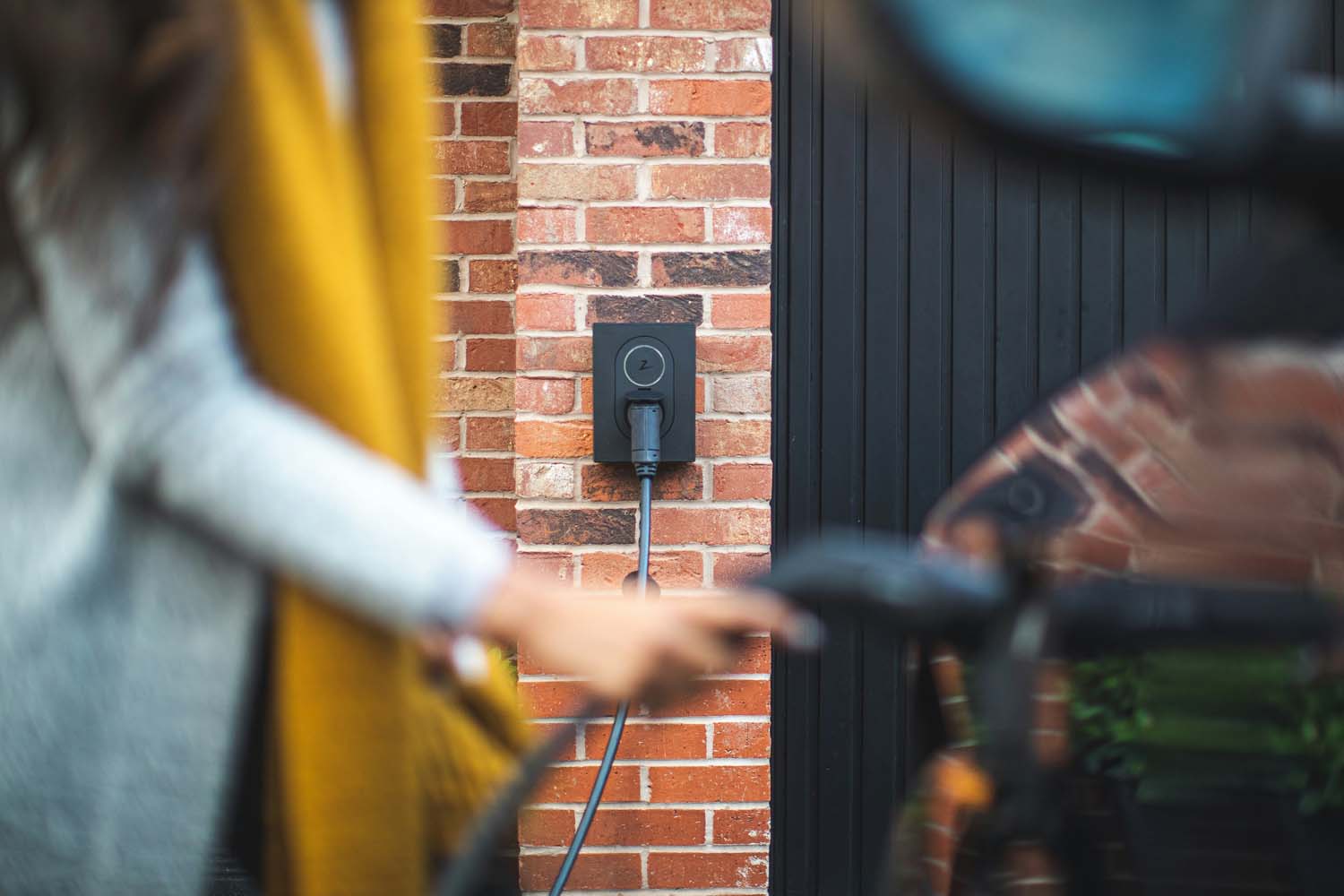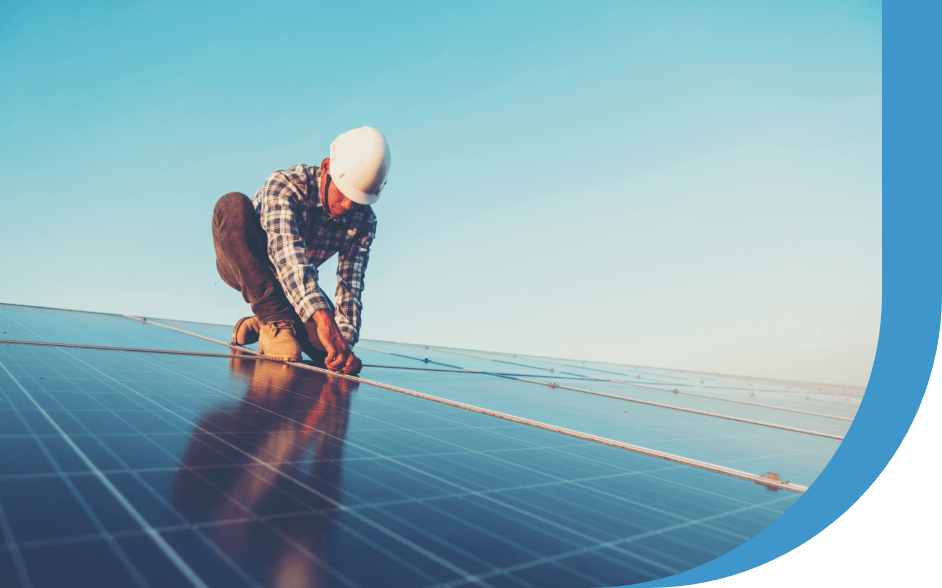Here's an overview of the differences in EV charging methods at home using a 13 A plug socket, a single-phase EV charger, and a three-phase EV charger:
13 A Plug Socket
- Charging Power: Standard household sockets in many regions provide a power supply of around 13 amps. However, the actual charging rate may vary based on the available charge setting of the cable and device (also referred to as a ‘granny lead’)
- Charging Time: Charging an EV through a 13 A plug socket is the slowest option and can take over 30 hours to charge from a low rate of charge. Therefore it is not always practical if the car is used everyday over longer journeys.
- Suitability: This method is often used for plug-in hybrid vehicles or EVs with smaller battery capacities, for reasons already explained.
Single-Phase EV Charger
- Charging Power: Single-phase EV chargers typically provide a power supply of around 7 kW. The charging power is considerably higher than a 13 A plug socket/ granny lead, resulting in much better charging rates.
- Charging Time: Charging time is thus much faster compared to using a granny lead, making it suitable for daily charging. It is well-suited for EVs with moderate to large battery capacities (60-90 kWh).
- Installation: A dedicated charging point or wallbox is usually required for a single-phase EV charger. Professional installation is essential and will involve the provision of a new circuit.
Three-Phase EV Charger
- Charging Power: Three-phase EV chargers offer superior charging power, often ranging from 11 kW to 22 kW in the UK. This allows for significantly faster charging rates and convenience. It also means split rate chargers, for charging multiple vehicles at once are reasonably practical.
- Charging Time: Charging an EV with a three-phase charger is the quickest home charging option. It is ideal for EVs with larger battery capacities, enabling incredible replenishment of energy (often in 3-4 hours from a low state of charge).
- Installation: Like the single-phase charger, a dedicated charging point or wallbox is needed. Additionally, three-phase charging may require specific electrical infrastructure support, which might incur higher installation costs. This is dependent on the provision of a three-phase supply, which most homes do not possess.
Considerations
- Vehicle Compatibility: Ensure that your EV is compatible with the charging power provided by the chosen method.
- Installation Costs: The installation of dedicated charging points may involve additional costs, especially for higher-powered chargers.
- Home Electrical Infrastructure: Check if your home's electrical infrastructure supports the chosen charging method.
Choosing the right EV charging method at home depends on your specific needs, daily driving habits, and the compatibility of your EV with the available charging options. It's essential to balance charging speed, convenience, and infrastructure considerations to make an informed decision.




